World War II Relics Unearthed on Sea Isle City Beach After Storm
The Atlantic Ocean revealed another piece of history this week when two rusted .50 caliber bullet casings were discovered on the sands of 49th Street in Sea Isle City. The big discovery was made by Jacob Barnes and his sons, who were treasure hunting.
The corroded shells, marked “L C 42,” trace their origins back to 1942, when the United States was fully engaged in the Second World War.
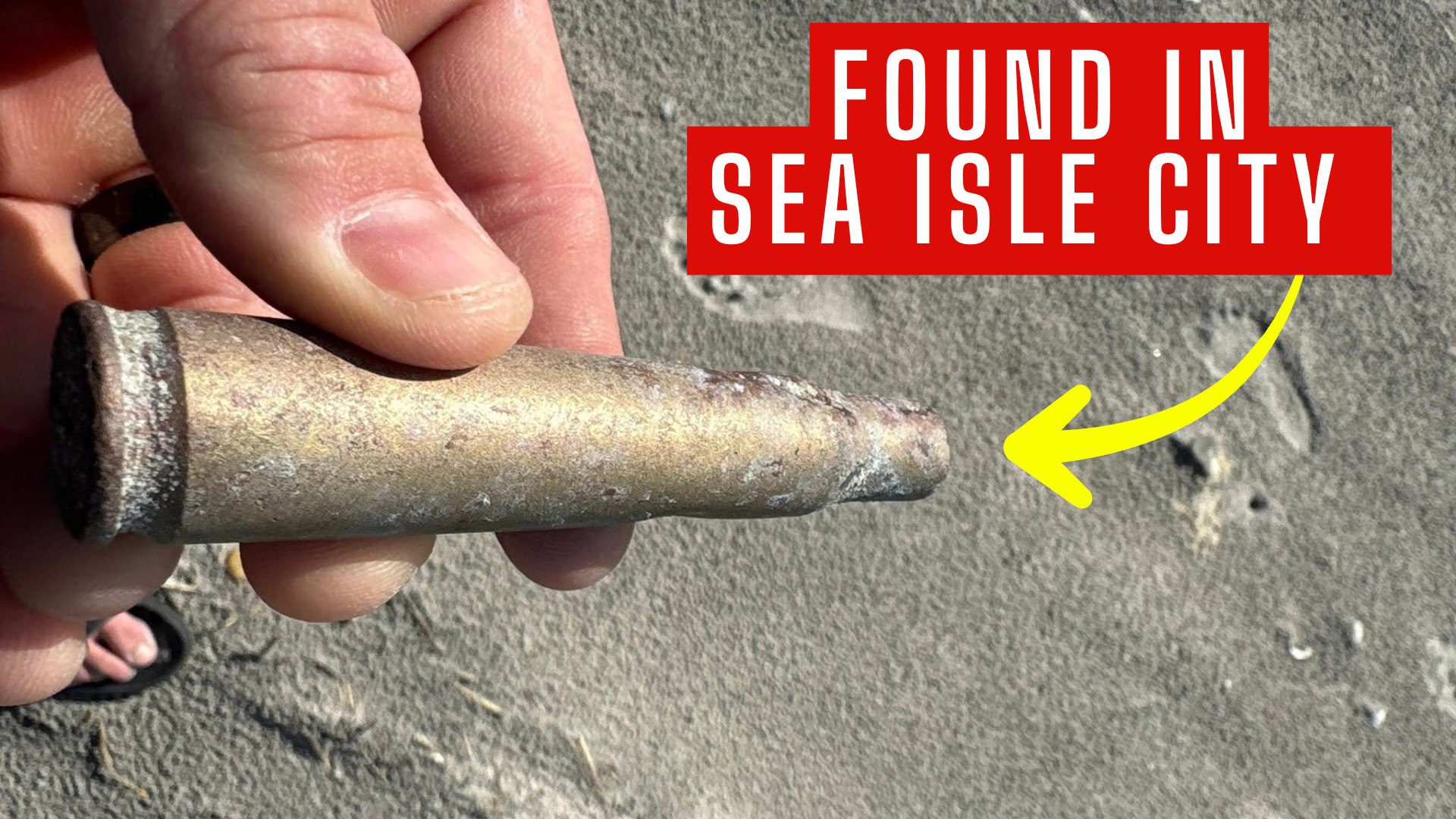
World War II Relics Unearthed on Sea Isle City Beach After Storm
The markings identify the ammunition as having been produced at the Lake City Army Ammunition Plant in Independence, Missouri, a major supplier of .50 caliber rounds used in Browning machine guns mounted on ships, aircraft, and coastal defenses.
Though small in size, the discovery is a reminder that the beaches of South Jersey once played a quiet but significant role in the nation’s wartime efforts.
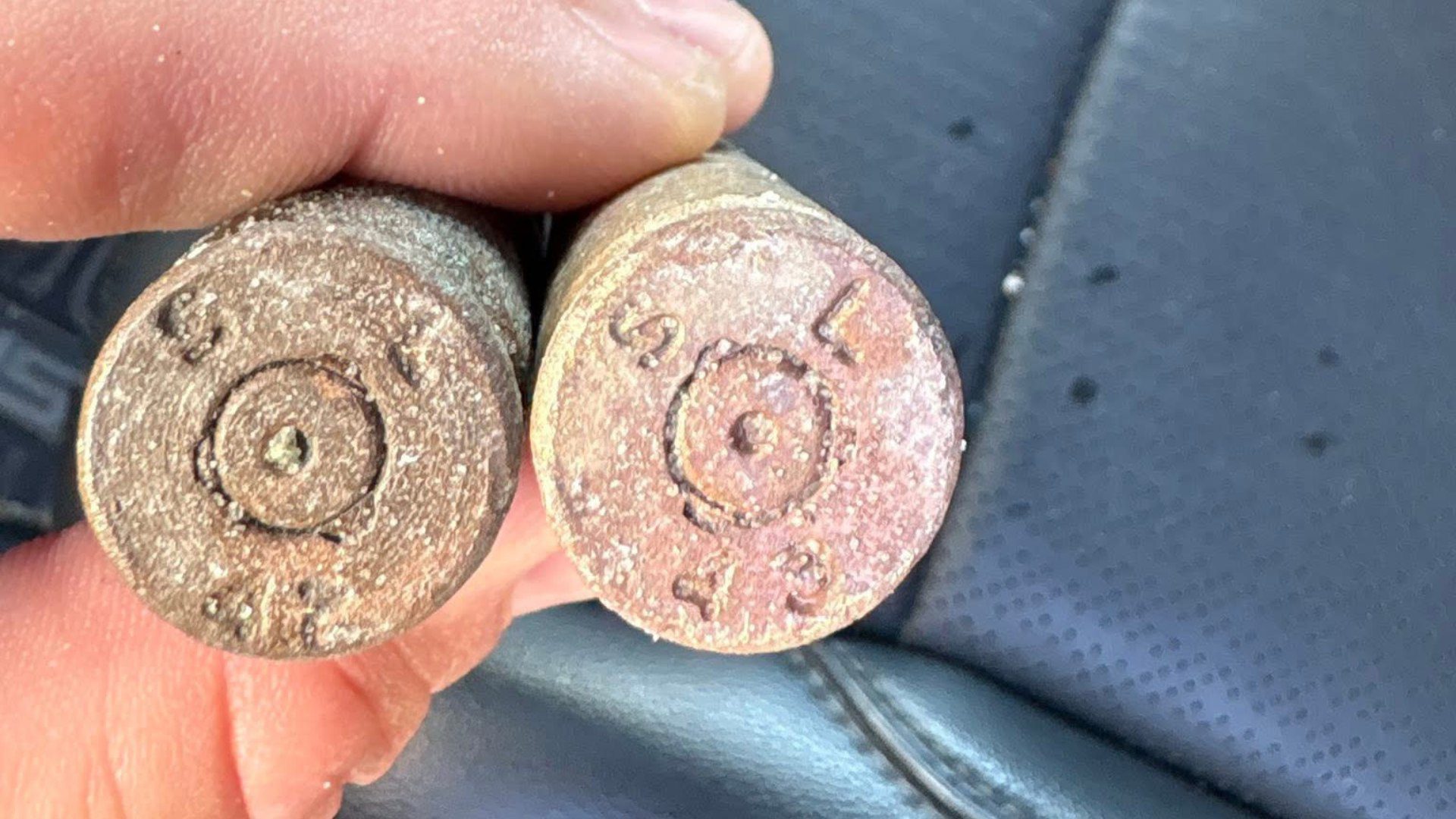
The U.S. Army established observation posts, anti-aircraft batteries, and training ranges along the barrier islands. In Cape May County, the Coast Guard manned lookout towers, scanned for submarines, and conducted gunnery drills in the waters offshore.
Occasionally, traces of that era resurface. Over the years, beachcombers and storm-watchers in towns like Wildwood, Avalon, and Sea Isle have reported finding spent shells, training rounds, and other remnants of the war effort.
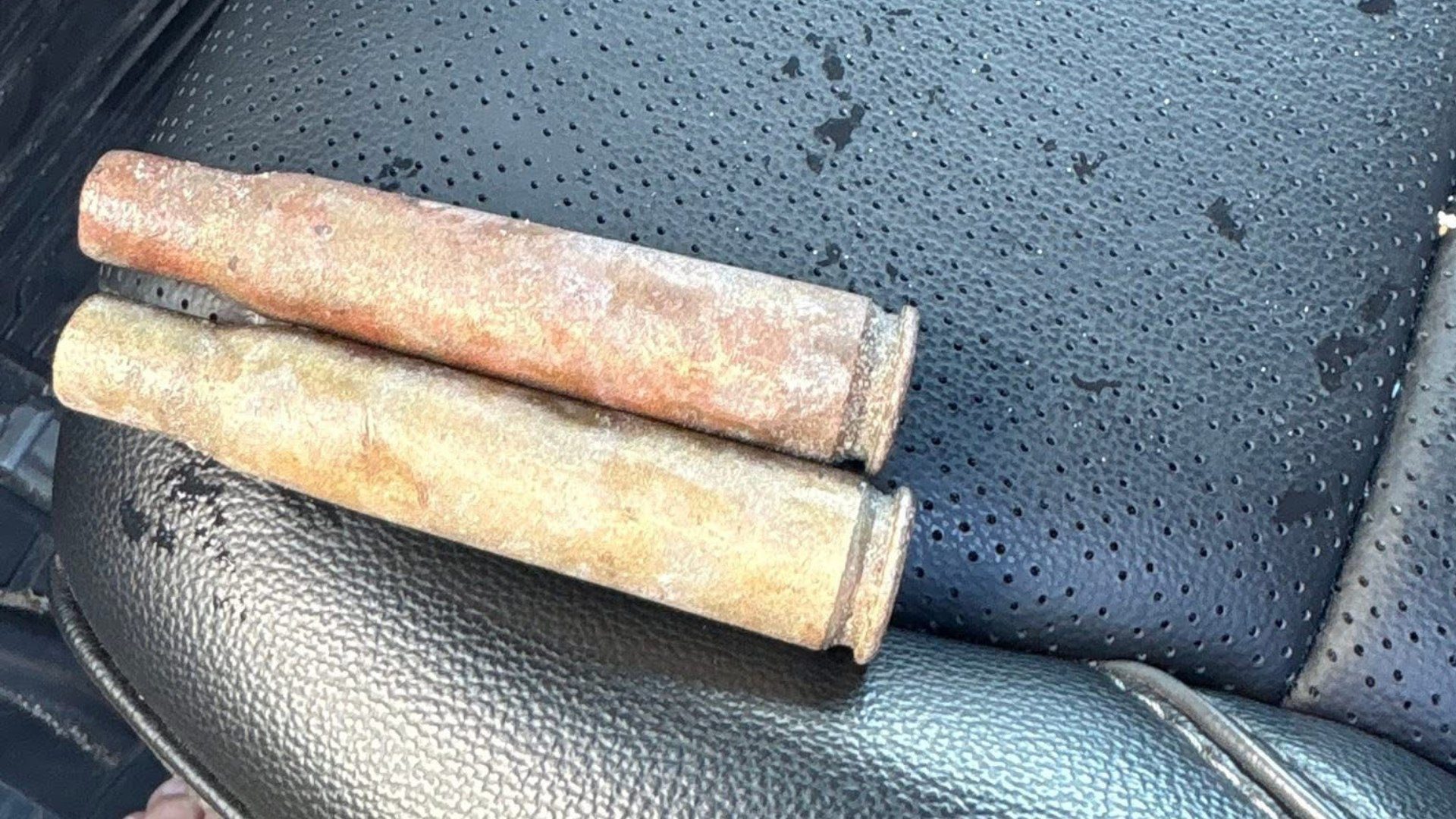
Most are harmless, long since fired and weathered by salt and sand. Yet each discovery offers a brief window into a time when the Jersey Shore was a place of watchful defense rather than vacation leisure.
Local historians say that after major storms, it’s not uncommon for such artifacts to emerge. Heavy surf and shifting sands can uncover layers of beach that haven’t seen daylight in decades. Every once in a while, you get a piece of history rolling in with the tide.
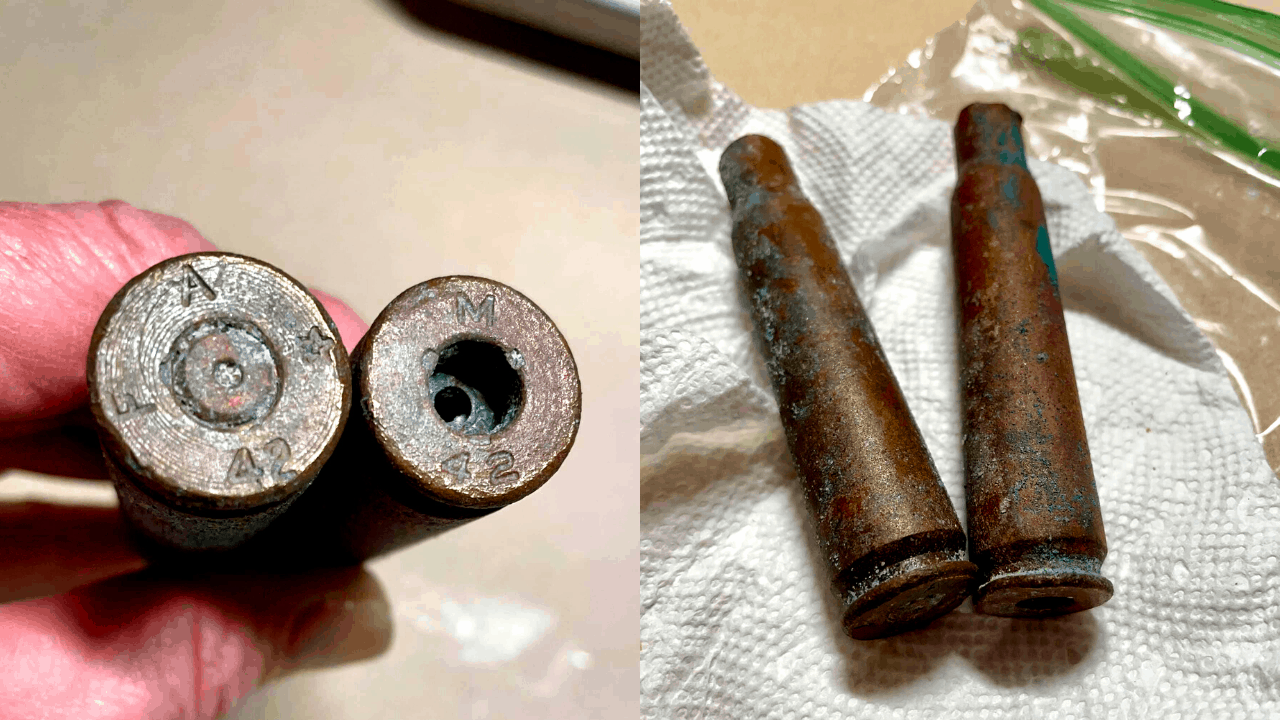
WWII Casings Found On Sea Isle City Beach back in 2021
That seems to be the case here. The recent coastal storm that lashed South Jersey earlier this week caused significant erosion, exposing sections of dune and beach that had been buried under years of replenished sand. The two corroded casings, discovered side by side, likely washed up from a deeper layer of sediment disturbed by the rough surf.
Experts emphasize that while most spent ammunition like this pose no danger, beachgoers should still exercise caution if they find anything resembling ordnance. Live shells and training munitions have occasionally been recovered along the Mid-Atlantic coast, prompting brief closures and calls to local authorities.
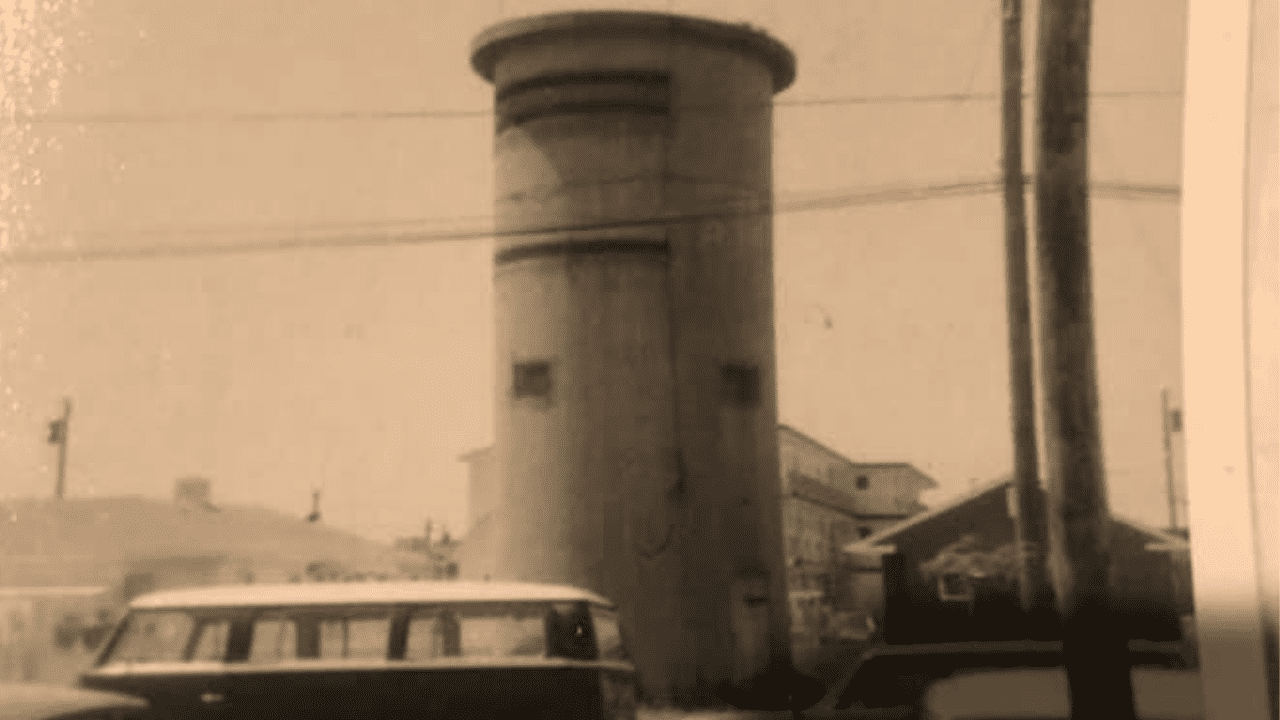
As the ocean continues to reshape the shoreline, it also reminds residents that beneath the familiar sand and surf lies a story of vigilance, sacrifice, and history waiting to be rediscovered.
